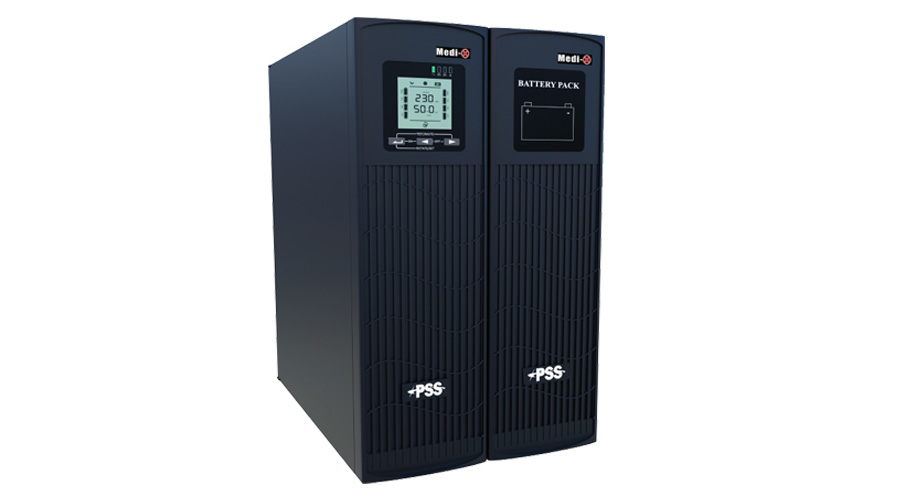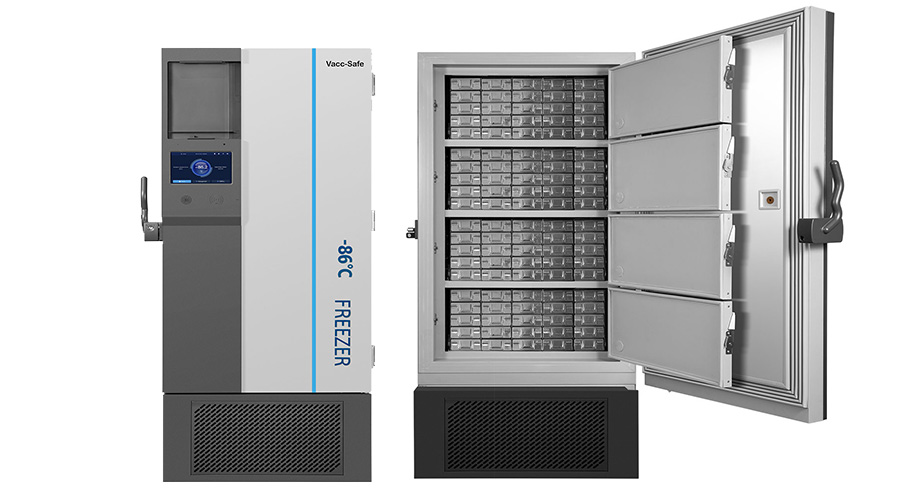It’s essential in vaccine management and storage that you have an appropriate emergency power outage plan in place. Vaccines that have been stored at temperatures that are too high or low can be harmful to your clinic’s operation, finances and treatment of patients. As a result, the National Vaccine Storage Guidelines emphasise the importance of a plan in the event of cold chain breaches and emergency power outages. This article covers a variety of issues, including protocol for all phases of a power outage, cold chain breach prevention, and a detailed look at the relevance of vaccination temperature stability.
Vaccine Refrigerator Power Outage
To limit temperature variance and ensure your team is prepared for an emergency power outage, an effective power outage plan is crucial. An emergency power outage plan should be outlined in a comprehensive document for quick reference by your employees. If a power outage occurs, you must complete the following steps:
- Isolate all vaccines immediately and store them in the refrigerator at a temperature of +2°C to +8°C. Place a sign or note on the refrigerator door advising employees that the power is out and that the vaccines and refrigerator should be left untouched. Opening the refrigerator will cause the temperature to rapidly fluctuate.
- Monitor the refrigerator temperature using a battery-operated min/max thermometer or portable data logger. These devices should ideally be standalone and use an external display to avoid opening the door and causing temperature changes.
- The vaccine must be moved to a secondary location, such as a prepared cooler, cold box, or vaccine refrigerator if the temperature rises to or exceeds +8°C. When moving the vaccines, ensure that all vaccine management protocols are followed and that the secondary location is packed appropriately. Continue to monitor the vaccines using a digital min/max thermometer or data logger.
- Ensure a long-term solution is in place for vaccine storage until the power outage is resolved. You may be able to seek assistance from your state or territory health department.
These steps are outlined in the National Vaccine Storage Guidelines and will ensure that your vaccines are safely maintained.
Why Do Vaccines Need to be Kept Cold?
Vaccines are delicate compounds, affected by minute fluctuations in temperature and light. If vaccines aren’t stored appropriately they can result in inadequate protection for patients and high overhead prices. The effects of temperature instability and light exposure are cumulative, meaning that repeated instances will result in increased loss of potency, results that can not be reversed. Eventually, with continued cumulative exposure, vaccines can be rendered entirely useless and must be destroyed, causing clinic shortages and financial losses. Some vaccines that must be kept refrigerated include:
- Influenza
- RotaTeq and Rotarix
- Hepatitis A and B
- IPV
- Gardasil9
- Meningococcal vaccines
- MMR vaccines
- Pneumoccocal Vaccines
- Covid-19 Vaccines
All vaccines have unique storage conditions outlined by their specific manufacturers, which should be noted before ordering to ensure your clinic has the infrastructure and equipment to safely maintain their cold chain. Understanding the storage conditions for your vaccines is integral to properly executing a cold chain management protocol.
Preventing a Cold Chain Breach
When temperatures range outside of +2°C to +8°C, a cold chain breach occurs. This has an adverse effect on the quality of your vaccines. A cold chain breach protocol is a strategy developed for dealing with power outages or other technical issues. We go into greater detail about this procedure and other vaccine management standards in our National Vaccine Storage Guidelines article, however, there are several tools that you may use to avoid cold chain breaches.
The following tools are regarded as critical in preventing a cold chain breach and are integral to your cold chain breach protocol:
Data loggers
Data loggers are designed to record the temperature of your vaccine storage at regular intervals (typically 5-minute intervals). This data can then be analysed and stored weekly by staff. Data loggers can usually interface with an alarm system, notifying staff when temperatures change outside of the +2°C to +8°C range. These devices offer versatile storage and reporting capabilities including cloud systems and online monitoring.
Temperature monitor with digital display
Staff can use a visual display to manually record the minimum and maximum temperatures in real-time twice a day. This guarantees a fast reaction if the alarm system fails.
Minimum/maximum digital thermometer
For refrigerators without a backup temperature monitoring system capable of operating during power outages, a digital thermometer is essential. To match the vaccine conditions, a sensor probe is inserted into an empty vaccine box inside the fridge.
Uninterruptible power supply
Also known as a UPS, an uninterruptible power supply is a backup battery for your refrigerator that both prevents power fluctuations and also supplies power to the fridge in the event of a power outage.
Vaccine temperature monitoring charts
Physical monitoring tools can be used by staff to record live temperature readings. The Australian Governments Department of Health offers a free downloadable chart here which allows you to record the month, year, temperature, time, staff initials and any relevant comments.
Power outage signage
Clear and succinct signage, laminated for easy cleaning and reuse should be located in an easily accessible location to ensure your staff is prepared for emergency protocols.
Alternative vaccine storage
A cooler, cold box or purpose-built vaccine refrigerator may be necessary for alternative storage. You might also want to consider buying a backup storage container for ice packs or gel packs that your team can use in the event of a power outage.
Documentation and training
The most important tool of all is consistent documentation and training. Ensure that at least one member of your staff comprehensively understands the cold chain and emergency protocols as soon as they are enforced. Additionally, your team should hold regular training and education sessions to ensure all staff has a basic understanding of emergency procedures and can complete continuous temperature monitoring.
With these tools in place, your team will be able to effectively prevent and respond to cold chain breaches and protect the stability of your vaccines until power is restored.
Vaccine Refrigerator Power Restored
After the power has been restored to your facility and the refrigerators are operational, you must complete the following steps to finalise your emergency power outage plan:
- Record the minimum and maximum temperatures of the affected vaccine refrigerator.
- Once the temperature reaches +8°C or less, reset the refrigerator temperature.
- Before putting the vaccines in the refrigerator, make sure the temperature is between +2°C and +8°C.
- Any data logger data that was received during the power loss should be downloaded.
- Isolate the vaccinations and clearly mark them as unusable if this data indicates temperatures outside of the safe range.
- If a cold chain breach has occurred, fill out the appropriate cold chain breach report form and send it to your department at once. Vaccine information, data logging, and twice-daily readings will be required by the health department, so make sure you have these.
- Vaccines should not be discarded or used unless you have obtained guidance from your state or territory health department.
- Continue to check the refrigerator every hour or so to achieve stable temperatures, then return to twice daily monitoring.
A proper emergency power outage plan will ensure that your vaccines are kept in a safe environment. Vaccines are fragile substances that when stored incorrectly, will provide insufficient protection for patients and result in significant costs to your clinic. A comprehensive and accessible emergency power outage plan will provide your staff with an easy reference for preventing cold chain breaches and responding to any problems that may arise. Start protecting your vaccines today by browsing our comprehensive catalogue of vaccine storage equipment.



